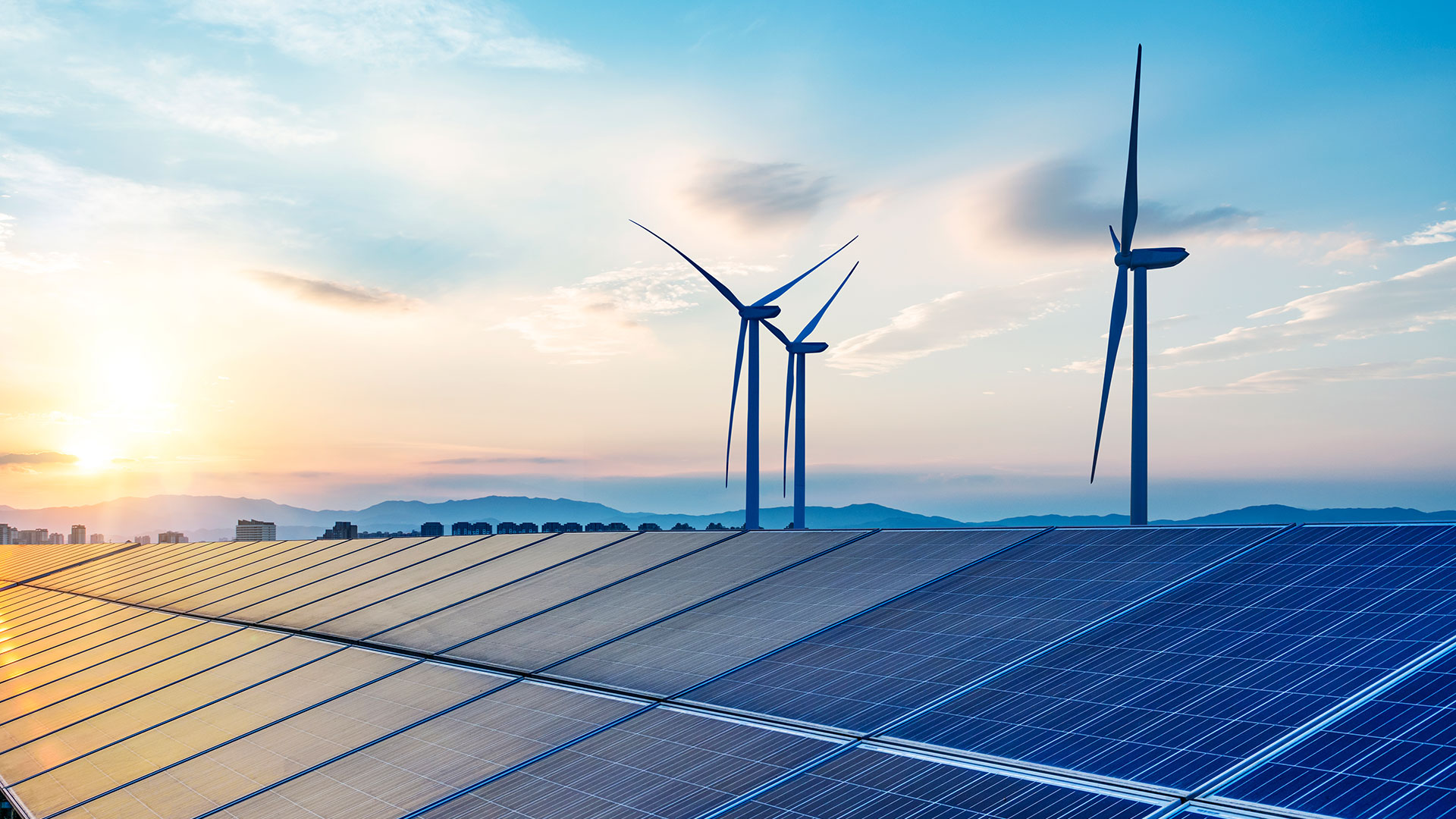What are the targets of the German Energiewende?
Germany's Energiewende targets climate neutrality by 2045 with a 65% energy sector emissions cut by 2030, 88% renewable electricity, and a 26.5% energy efficiency improvement, supported by electrification and renewable energy expansion.

Return Button
Targets of the German Energiewende
To achieve a climate-neutral energy system by 2045, Germany has adopted several indicative targets in its National Energy and Climate Plan (NECP) – Germany’s contribution to achieving EU climate and energy goals.
Emission reduction targets: Germany’s Climate Change Act outlines a pathway to achieving a net-zero economy by 2045. Overall emissions would need to be reduced by more than 33% from 656 MtCO2eq in 2024 to 438 MtCO2eq by 2030. This corresponds to a decrease of 37 MtCO2eq per year, with further emission reductions (around 30 MtCO2eq per year) to reach zero by 2045.
Renewables in final energy consumption targets: In accordance with the EU RED II Directive, Germany aims to achieve at least 40% renewable energy in final energy consumption by 2030 (this objective is not anchored in national law).
Renewable energy targets in different sectors: By 2030, renewables are expected to account for 80% of total final power demand. Technology-specific targets have also been adopted for solar photovoltaics (PV) and wind energy. As depicted in the figures below, for the installed capacity of solar PV to be able to meet the 2030 targets, the deployment of solar PV must continue to increase from 99 gigawatts in 2024 (GW) to 215 GW. Installed wind onshore capacity needs to increase from 63 GW to 115 GW in 2030, and installed offshore wind capacity is targeted to increase from 9 GW to 30 GW in 2030.
An increasing share of renewables in the power sector will support decarbonisation across other sectors, as a growing share of energy needs is electrified (for example, electric vehicles and heat pumps) or met through power-to-X technologies like green hydrogen and synthetic fuels.
In the transport sector, the EU RED II Directive sets a binding 29% renewable energy share target for final energy consumption by 2030, to be achieved through a combination of electricity based renewable fuels and advanced biofuels. Accordingly, Germany has committed to having 15 million fully electric vehicles on its roads by 2030.
In the buildings sector, which accounts for approximately two thirds of heating and cooling-related energy consumption, emissions must reduce by more than 43% by 2030 (from 118 MtCO2eq in 2020 to 67 MtCO2eq). Germany aims to achieve a 32% renewable energy share in final energy consumption in the heating sector,3 with increasing electrification through the continued roll-out of heat pumps expected to play a key role.
Energy efficiency targets: Germany’s “Energy Efficiency Law” (Energieeffizienzgesetz) establishes a target to reduce final energy consumption by 26.5% (compared to 2008 levels) by 2030 and by 45% by 2045.4
Increase of solar PV and wind power between 2010 and 2030
Last revision on .
